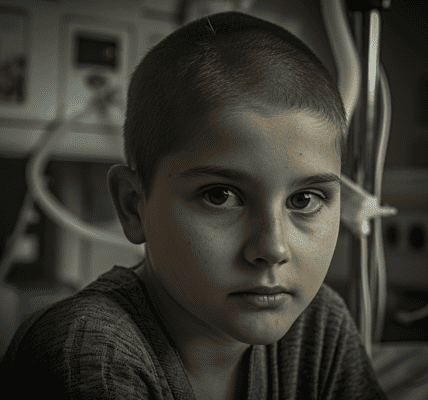Breast cancer is a significant health concern affecting women worldwide, with rates among women in their 40s showing a concerning increase in recent years. In response to this trend, an expert panel has recommended a change in the age at which regular mammography screening should commence.
The U.S. Preventive Services Task Force, a prominent group that provides guidance on preventive health measures, recently finalized a draft recommendation suggesting that women should start receiving regular mammograms at the age of 40. This marks a reversal of previous guidance that advised women to wait until they were 50 before beginning routine screening.
Back in 2009, the task force had raised the recommended age for mammography screening to 50, sparking debates and controversy within the medical community. Concerns were raised about the potential risks of early screening, including the possibility of unnecessary treatments and invasive procedures that could lead to undue stress and anxiety.
However, with the observed increase in breast cancer rates among women in their 40s, the panel has now deemed it necessary to lower the age threshold for screening. Dr. John Wong, vice chair of the task force, highlighted the importance of early detection and emphasized the benefits of starting screening at age 40.
The current recommendation advises women at average risk of breast cancer to undergo screening every two years, although some patients and healthcare providers may opt for annual screenings. Dr. Wong emphasized the positive impact of regular screening on women’s longevity and quality of life, stating that the benefits outweigh the potential risks.
While the revised recommendations aim to improve early detection and reduce the impact of breast cancer on women’s health, they have faced criticism from certain sectors of the women’s health community. However, the panel’s decision is based on recent data showing a concerning uptick in breast cancer rates among younger women, highlighting the importance of proactive screening measures.





